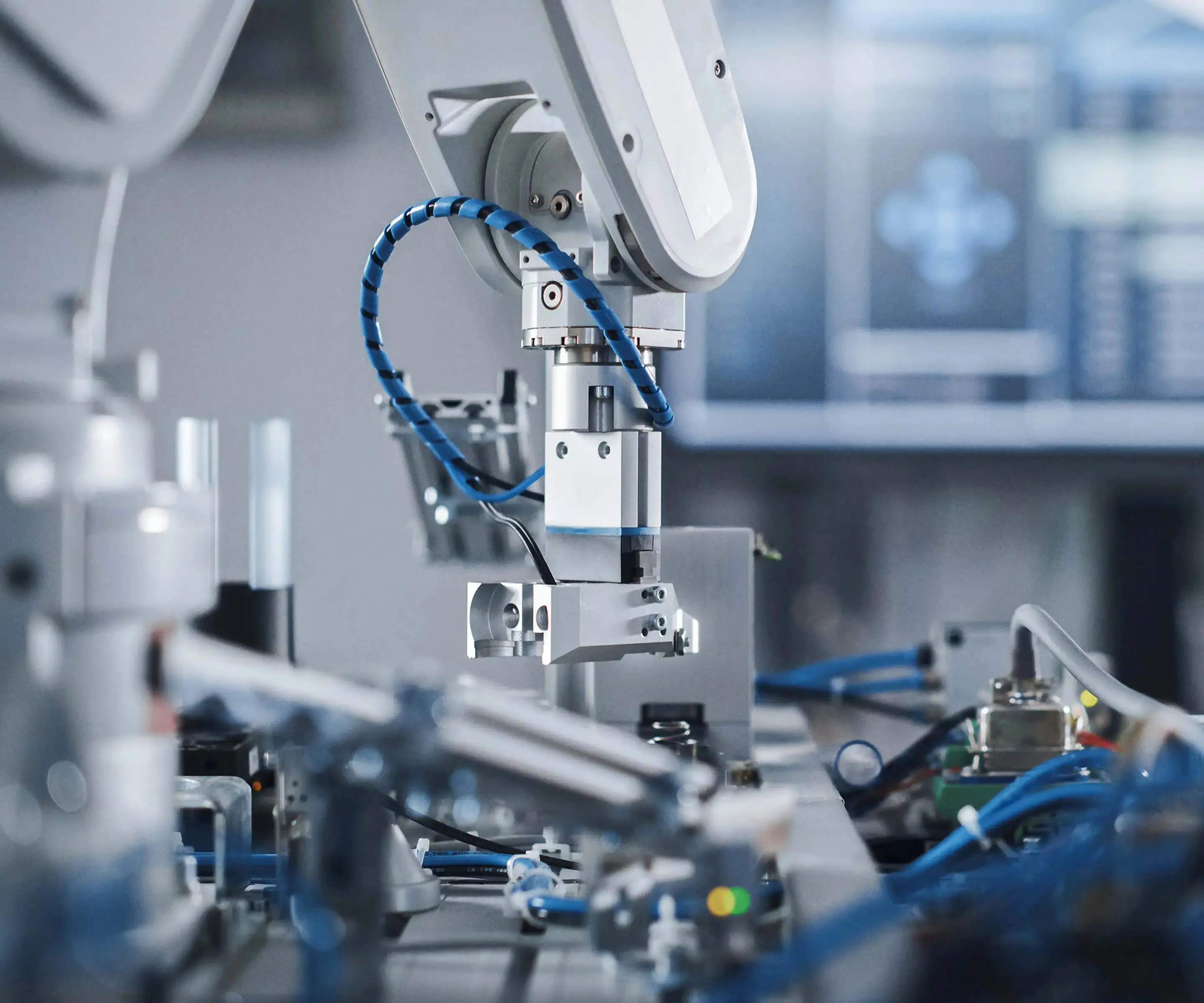When embarking on a DIY project, whether you're building a robot, an automated gadget, or a simple mechanical device, choosing the right motor can be the key to success. Two common contenders in the realm of hobbyist and small-scale applications are the hobby gear motor and the standard DC motor. While they both serve the purpose of converting electrical energy into motion, their characteristics, strengths, and ideal use cases differ significantly.

Understanding the Basics
A DC motor, or direct current motor, is a basic electromechanical device that converts electrical energy directly into rotary motion. It's a marvel of simplicity: connect it to a DC power source, and it spins. The speed and direction can be controlled quite easily by varying voltage or using electronic switches like transistors or H-bridges.
In contrast, a hobby gear motor is essentially a DC motor integrated with a gear reduction system — a gearbox consisting of numerous gear stages designed to decrease the output speed while increasing torque. These are often pre-assembled modules meant specifically for hobbyist projects and small robots, offering a plug-and-play solution that combines motor and gearbox in a compact package.
Design and Construction
While DC motors are typically available as standalone units—brush or brushless variants—they require additional components like gearboxes, controllers, and mounting hardware for most use cases. Hobby gear motors, on the other hand, come ready-made with an integrated gearbox, making them an all-in-one solution. This feature simplifies design and assembly, especially for beginners or those seeking quick deployment.
Key Performance Metrics
Speed (RPM): DC motors can operate at high speeds, often exceeding 10,000 RPM, depending on the design. Hobby gear motors, however, deliver much lower speeds—sometimes below 300 RPM—making them ideal for applications needing precision and torque rather than raw speed.
Torque: Since hobby gear motors incorporate gearboxes, their torque output is significantly increased compared to raw DC motors. This allows them to handle heavier loads, making them suitable for driving wheels, robotic arms, or other mechanically demanding tasks.
Efficiency: Standalone DC motors are generally highly efficient at converting electrical to mechanical energy, but the gearbox in hobby gear motors can introduce some power loss. Nonetheless, the gear reduction compensates with increased torque, often outweighing efficiency concerns in hobby projects.
Control and Precision: DC motors offer more straightforward control over speed and direction, especially with modern electronic controllers. Hobby gear motors, due to their gearboxes, provide more stable and controlled movement at low speeds but may offer less fine-tuned control over the motor itself.
Applications:
DC Motors: They're commonly used when high speed and simplicity are desired, such as in small fans, portable devices, or speed-controlled applications. If you need quick rotational movement without heavy load demands, a DC motor might be the go-to.
Hobby Gear Motors: Perfect for projects requiring high torque at low speeds, like robotics wheels, conveyor belts, or articulated arms. Because they’re packaged with gearboxes, they are a favorite among robot builders, model makers, and DIY enthusiasts.
Cost and Availability
Hobby gear motors tend to be more affordable and available for standard specifications through online hobby stores and electronics suppliers. They come in various gear ratios, allowing hobbyists to select the right balance between speed and torque without the complexity of designing a gearbox from scratch.
DC motors, especially high-quality or specialized types, can be more expensive due to their simplicity and the need for additional components. However, their versatility often justifies the cost when fine-grained speed and control are essential.
Ease of Use
For beginners, hobby gear motors offer the advantage of plug-and-play operation. You can connect them directly to power supplies and control signals without worrying about designing gearboxes or gear ratios. This ease makes them especially popular for educational projects and quick prototyping.
DC motors require more setup—adding gearboxes, control circuitry, and feedback systems if precision is needed. While they provide flexibility for advanced users, they might be overwhelming for those just starting.
Durability and Maintenance
Hobby gear motors are generally robust, with sealed gearboxes designed to withstand typical hobbyist use. The gear components are often self-lubricating or require minimal maintenance.
DC motors, especially brushed types, can wear out over time due to brush and commutator wear. Brushless DC motors (BLDCs) tend to be more durable but are more complex to control, often requiring specialized electronics.
Summary of Part 1
In the early stages of comparing hobby gear motors with DC motors, it’s clear that each has its niche. DC motors offer raw speed, simplicity, and flexibility, whereas hobby gear motors shine in delivering torque, low-speed precision, and ease of integration for specific applications.
In the next installment, we’ll delve deeper into the specific scenarios, detailed technical considerations, and how to choose between these two types based on project needs.
Established in 2005, Kpower has been dedicated to a professional compact motion unit manufacturer, headquartered in Dongguan, Guangdong Province, China.




































